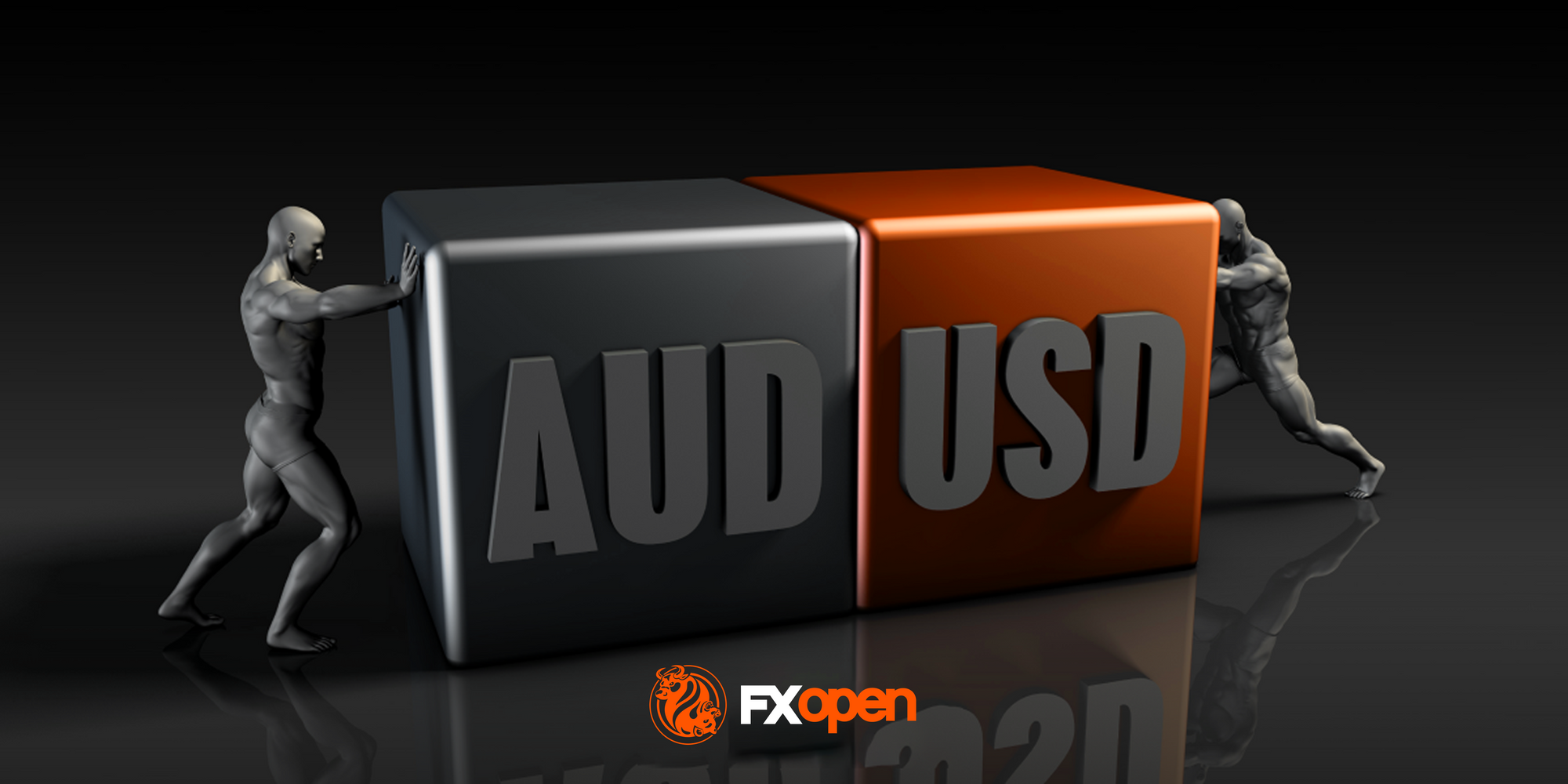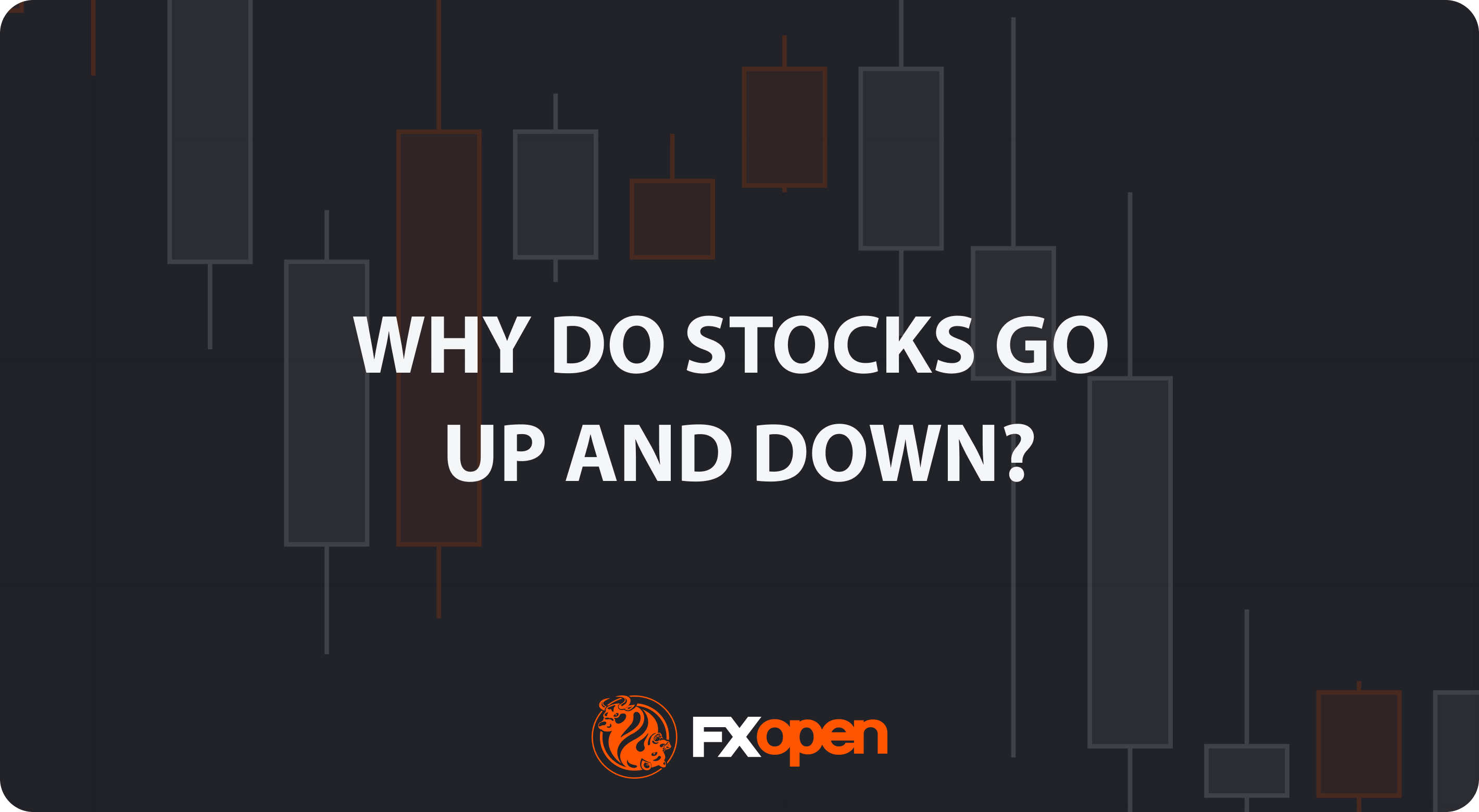FXOpen

According to the EUR/USD chart, the euro to dollar exchange rate yesterday surpassed the peak from early June, rising above 1.092 – the last time the price was at this level was on March 21.
Bullish sentiments in the market were supported by:
→ Approaching Thursday's meeting of the European Central Bank – it is expected that interest rates will remain unchanged. However, attention will be focused on comments from its president Christine Lagarde regarding the timing of the next interest rate cut.
→ Expectations of rate cuts by the Federal Reserve in September. As Reuters reports, Powell stated yesterday that economic indicators in the US for the second quarter "to some extent bolster the confidence" that inflation is returning to the target level in a sustainable manner.
As we mentioned in our analytical review of the EUR/USD chart on July 1:
→ Against the backdrop of the French election results, the rate broke through consolidation figure A-B;
→ and could have reached the level of 1.08400.
In fact, this level (C) acted as resistance, holding bulls from July 5 to 11.
How might the situation develop further?
As today's technical analysis of the EUR/USD chart shows:
→ After surpassing the 1.092 level, the price retraced downwards. The inability of bulls to sustain above this level suggests that they may have exhausted after a rise from point A (+2.3% over half a month).
→ Assessing the peaks from July 11-15, it appears challenging for bulls to maintain the progress achieved. → It is possible that we are witnessing a false bullish breakthrough of the June high.
Currently, the price is holding within the ascending trend of July (shown by orange lines), the lower boundary of which could provide support. It is possible that bears could defend the 1.092 level and attempt to break below the lower boundary of the orange channel.
However, if this scenario unfolds, the fundamental background will be crucial – for example, news from the ECB on Thursday.
Trade over 50 forex markets 24 hours a day with FXOpen. Take advantage of low commissions, deep liquidity, and spreads from 0.0 pips. Open your FXOpen account now or learn more about trading forex with FXOpen.
This article represents the opinion of the Companies operating under the FXOpen brand only. It is not to be construed as an offer, solicitation, or recommendation with respect to products and services provided by the Companies operating under the FXOpen brand, nor is it to be considered financial advice.
Stay ahead of the market!
Subscribe now to our mailing list and receive the latest market news and insights delivered directly to your inbox.








